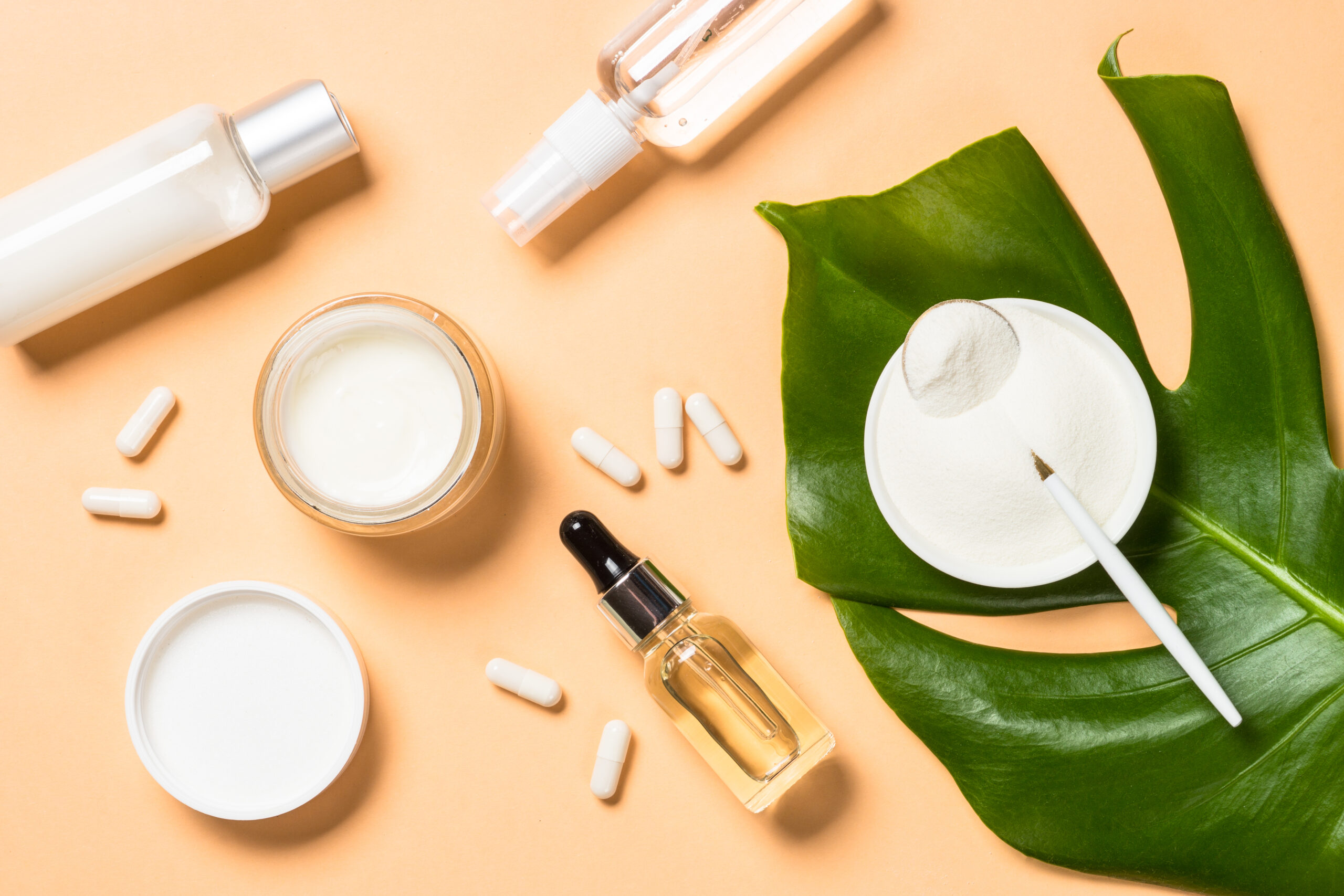Are there healthier ways to cook with oils?
Make a switch this Holiday Season
When the Holiday season rolls around, the kitchen becomes a place of gathering across every culture. Global Holiday dishes include casseroles, pastries, stews, varying versions of fried potatoes, and plenty of sauces. As tradition-aficionados aim to create the perfect crusts, textures, and flavors, cooking oil is often used in heaping amounts. Is there a way to ensure we are providing our families with more health-conscious, versions of the meals we know and love without modifying our trusted recipes? Substituting your cooking oil of choice for a healthier one might be your best option!
What makes some cooking oils less healthy than others?
First, lets discuss the difference between a saturated fat and an unsaturated fat. Saturated fat is often found in butter, lard, and milk. Saturated fat is known to raise cholesterol levels and is often recommended against for those at risk of heart disease. These types of fats are often shelved in solid states, as these fats pack tightly together. Unsaturated fat is often found in nuts, seeds, plants, and fish. They are often shelved in liquid form. There are two types of unsaturated fats, monounsaturated fats and polyunsaturated fats.
How healthy or unhealthy an oil is determined by how much we consume and how our body processes them. Specifically, how stable they behave in our highly-oxygenated bodily state. Polyunsaturated fats, although they may lower cholesterol levels, are considered chemically unstable. This is because they often undergo substantial processing. Oils that are unstable experience lipid peroxidation in the body. The quantitates in which we consume these oils, and what their fat ratios are, affects how much lipid peroxidation occurs in the body. Lipid peroxidation is the process in which free radicals (what we know as toxins) attack lipids like polyunsaturated fats, which can lead to cell damage and even cell death. Lipid peroxidation is known to lead to inflammation and other common health concerns.
The effects of lipid peroxidation may be mitigated by other fats within these oils, which work to protect the integrity and health of cells.
Within the realm of Polyunsaturated fats, there are omega-6 fatty acids and omega-3 fatty acids. The ratio or balance between omega-6 and omega-3 fatty acids in polyunsaturated fats greatly plays into how they are processed in the body, and it is commonly recommended by medical experts to consume more omega-3 fatty acids than omega-6 fatty acids. Unsaturated fatty oils may be higher in one type of omega fatty acid than the other, or higher in monounsaturated fats than polyunsaturated fats.
When oils are heated, and at high temperatures, they eventually reach their smoking point. This point varies depending on the type of oil.
To simplify this information… using cooking oils in moderation, using oils that undergo less chemical processing, and using oils that have balanced levels of the different fats is key in maintaining heart and cell health.
Using this Information, Let’s Rank Cooking Oils from Worst to Best for Health
8. Palm Oil
Do not cook with palm oil. Avoid meals, snacks, drinks, syrups, desserts, and dressings that contain palm oil. This oil is not only tasteless, it is particularly bad for the environment and has contributed to devastating amounts of deforestation and native wildlife loss.
7. Vegetable Oil
Vegetable oils are less healthy when they undergo oxidation. Though they are often advertised as “heart healthy”, they are especially high in polyunsaturated fats. Over time, frequent vegetable oil use in cooking has been linked to cell injury and cell death, which can lead to health complications later in life.
6. Peanut Oil
Flavorful, nutty, and tolerates heat well. This is commonly used for frying or sautéing plant based items. For health reasons, if you are able to opt for one of the top 3 oils on this list, choose to do so instead.
5. Local Whole Butter
In moderate amounts, whole butter is less toxic to the body than refined seed and vegetable oils. Whole butter is not ideal for sautéing or frying in large quantities, but should rather be used in baked, cold items, or as a light topping to a dish. Whole butter is particularly delicious and packed with flavor.
4. Canola Oil
Highly processed Canola oil typically lacks the flavor and nutrients found in less processed oils. In the United States, finding cold pressed canola oil is rare. If you can find cold pressed Canola oil online, opt for that version. Canola oil has a high tolerance to heat and is ideal for frying, baking, and sautéing.
3. Coconut Oil
This one comes with it’s unique set of conditions, as the research investigating coconut oil in the kitchen widely varies. It is high in saturated fat, and it breaks down easily at high temperatures. Although it is high in saturated fats, in mindful moderation, it is deemed to have positive health benefits. It is ideal for baking, or at it’s most temperature-neutral form, it is great as a sauce, dressing, or cold dessert base.
2. Avocado Oil
Avocado oil is naturally neutral in flavor and decently tolerates high temperatures. Rather than relying on seed or vegetable oils, try Avocado oil for frying, baking, and sautéing.
1. Olive Oil
The staple of the world’s healthiest diet, olive oil is deeply intertwined with Mediterranean culture and cuisine. If you are cooking at higher temperatures, frying your dish, or baking with contrasting flavors, you can opt for a lighter olive oil. If you are lightly sautéing or baking a savory dish, you can opt for the most healthy option, extra virgin, or cold-pressed olive oil. Room-temperature olive oil is a heart healthy sauce and dressing base as well.
The Takeaway
Lessen the amount of oils you use and opt for either Olive, Avocado, or Coconut oil depending on the dish!
We at IV Lounge wish you a happy and healthy Holiday season.







